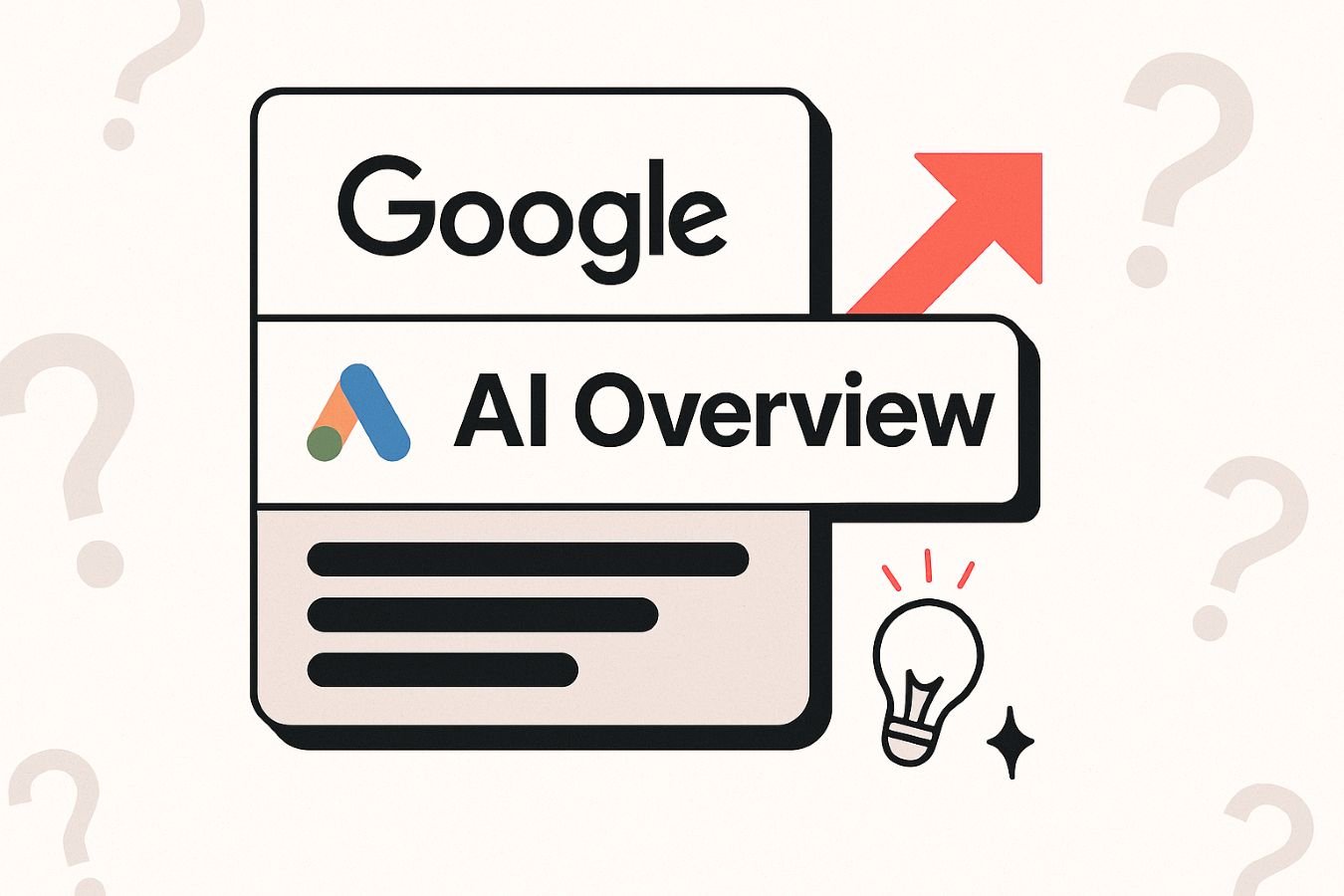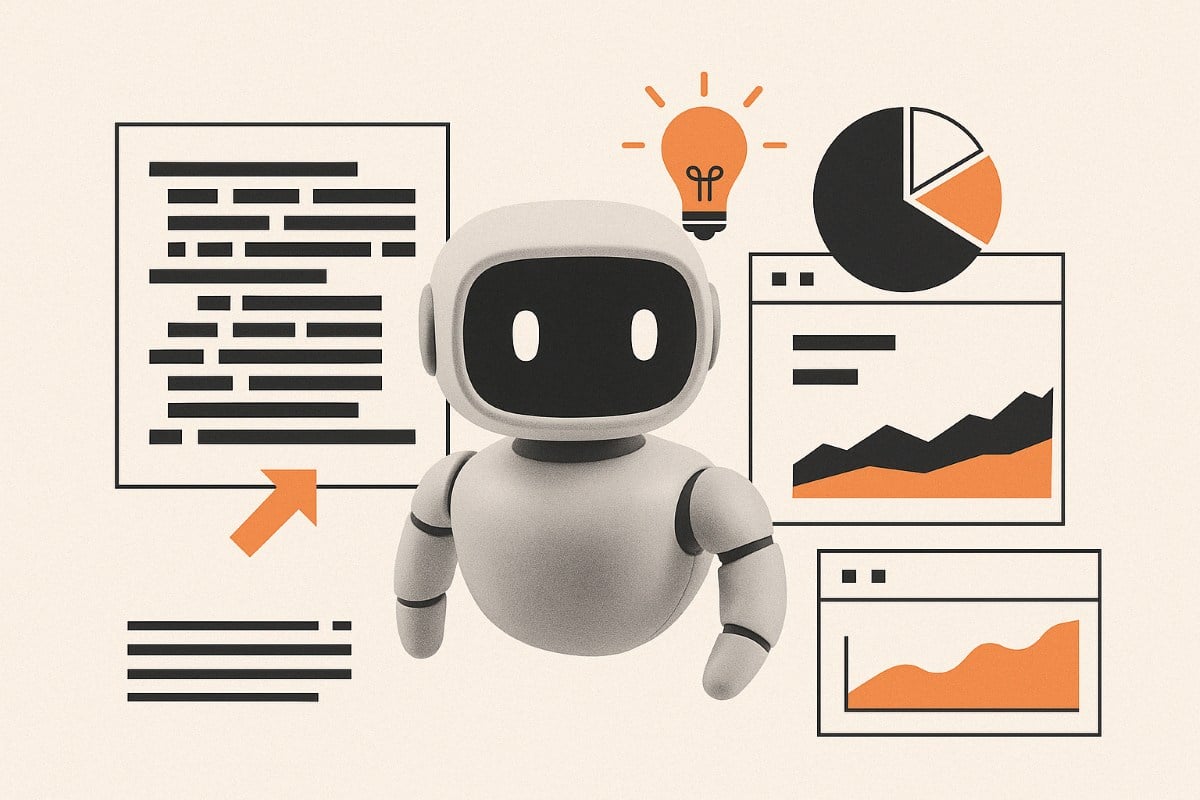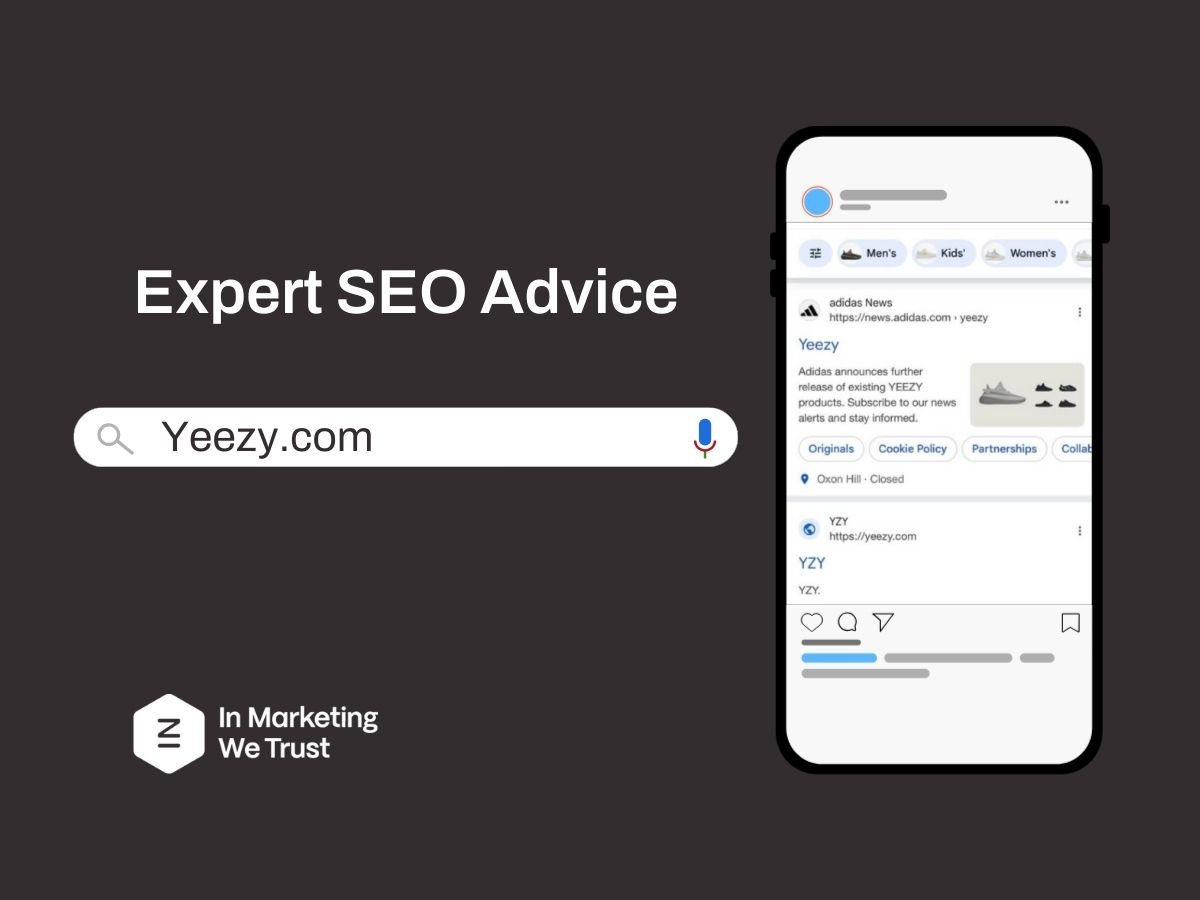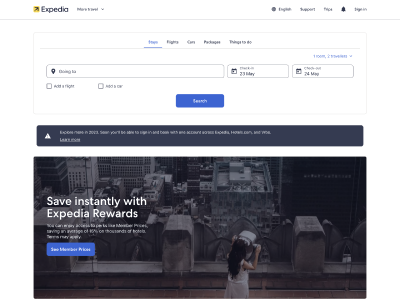Learn how to do digital marketing without cookies. Major browsers like Safari are phasing out third-party cookies, impacting advertisers’ ability to track conversions and engage users. iOS 14 has already curbed third-party cookies for Chrome on all iOS devices. And while Google has recently announced it no longer plans to kill third-party cookies in Chrome, it doesn’t change the fact that cookies are going away.
Why can’t we just operate with less data? Why is having less data than before such a big issue?
While our customers are increasingly privacy-conscious and informed, they equally demand personalisation. This is known as the personalisation paradox. 80% of consumers demand privacy but at the same time, 78% demand personalisation.
Download our free whitepaper on Cookies and Data Privacy for Marketers to learn more.
Digital marketing without cookies
Data sources, like third-party cookies are becoming increasingly restricted due to privacy regulations. So how can marketers do digital marketing without cookies and adapt their measurement strategies to continue tracking and optimising marketing performance effectively?
Before we answer that question. Let’s dig a little deeper into the consequences of losing these data sources.
- Incomplete data set: Difficulty in tracking user behaviour and conversions
- Impaired audience segmentation: Hindered ability to segment audiences for targeted campaigns
- Decreased campaign effectiveness: Difficulty in measuring campaign performance and optimisation
- Challenges in personalisation: Inability to deliver personalised experiences
- Compliance risks: Legal and financial consequences for non-compliance with privacy regulations
- Reduced attribution accuracy: Challenges in accurately attributing conversions to marketing channels
- Impact on ROI measurement: Challenges in calculating return on investment for campaigns
- Increased dependency on first-party data: Greater reliance on data collected directly from users
- Adverse effects on ad revenue: Decline in revenue due to restricted tracking and targeting
- Need for alternative tracking methods: Exploration of alternative tracking technologies
How to do digital marketing without cookies
With the above in mind, we need to adapt to a new world without such a reliance on third-party cookies. So how can we still do digital marketing without cookies?
Maximise first-party data
Make the most of data directly collected from customers through interactions, sales and surveys, etc.
Note: First-party data is the most accurate and privacy-safe option to digital marketing without cookies since users provide this information directly. First-party data is not available to advertisers’ competitors and represents information users have willingly shared with advertisers.
Explore alternative tracking
Investigate server-side tracking and pixel-based techniques to gather data while complying with privacy regulations.
Shift to contextual targeting
Tailor advertising placements based on the relevance of content to consumers, rather than relying on individual user data. The shift towards contextual tools enables ads to align with audience interests in real-time, significantly enhancing engagement potential. Contextual advertising ensures ads resonate with audiences based on their present content consumption, capturing their attention at the right moment for maximum receptivity.
Stay informed and collaborate
Keep updated on privacy regulations and collaborate with industry partners to navigate the changing landscape effectively.
Prioritise data privacy
Obtain explicit consent for data collection and offer users control over their data preferences through preference centres.
Optimise attribution models
Implement multi-touch attribution to better understand the impact of marketing channels throughout the customer journey.
Maximise first-party data
When digital marketing without cookies, maximising first-party data is our first-step and our best bet.
12 steps to designing a first-party data strategy
- Define clear objectives
- Map the customer journey
- Offer value in exchange for data
- Ensure legal compliance
- Implement effective data collection methods
- Focus on consent and transparency
- Invest in data management infrastructure
- Develop data analysis capabilities
- Activate data across channels
- Foster a data-driven culture
- Regularly review and optimise
- Measure impact and ROI
Take advantage of new tools and technologies
Another must when digital marketing without cookies is to take advantage of new tools and technologies offered for tracking and analysis.
Certain platforms are already gearing up for a cookieless world and introducing new solutions. For example, Google’s Privacy Sandbox, Stackadapt, Meta, Google Analytics and Google Ads are all working on solutions and new technologies to combat the disappearance of third-party cookies.
Google’s Privacy Sandbox
- Topic API
- Protected audience API
- Attribution reporting API
Stackadapt
- Derived user identity graph
- Page context AI
Meta
- Conversion API (CAPI)
Google Analytics 4
- Consent Mode
- Behavioural modelling
Google Ads
- Enhanced conversions
- Consent Mode
- Conversion modelling
Let’s dive into a couple of these options.
How to measure performance in a cookieless world
GA4 behavioural modelling
Behavioural modelling compensates for the absence of cookies through the use of models for users and sessions data which are trained on observable data to give a more complete picture. Behavioural modelling starts from the date a given property becomes eligible.
You will need to meet minimum requirements:
- Consent Mode implemented (find out how to implement Consent Mode here)
- The property collects at least 1,000 events per day with analytics_storage=’denied’ for at least 7 days
- The property has at least 1,000 daily users sending events with analytics_storage=’granted’ for at least 7 of the previous 28 days
How to evaluate the impact:
- Use your Consent Management Platform report to evaluate the amount of data lost
- In GA4, change reporting identity at a property level to see the difference between modelled data and observed data
Google Ads conversion modelling
Conversion modelling can help fill in blanks in media measurement at times when it’s not possible to observe the path between ad interactions and conversions.
Modelled conversions will appear in the “Conversions” column and be reflected in all downstream reports that use this data.
Minimum requirements:
- Consent Mode implemented
- Daily ad click threshold of 700 ad clicks over a 7 day period, per country and domain grouping
How to evaluate the impact:
- Use your Consent Management Platform report to evaluate the amount of data lost
- Modelled conversions are reported with the same granularity as observed conversions
- You’ll be able to view your conversion modelling uplift on “domain x country level” in the Diagnostics tab
Need help?
Do you need help measuring your performance or taking advantage of new tools to help you with your digital marketing in a cookieless world? Talk to us today.
Don’t forget to download our free guide on Cookies and Data Privacy to learn more about digital marketing without cookies.















